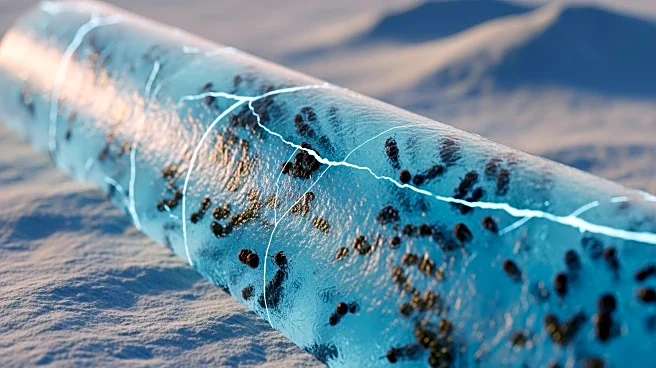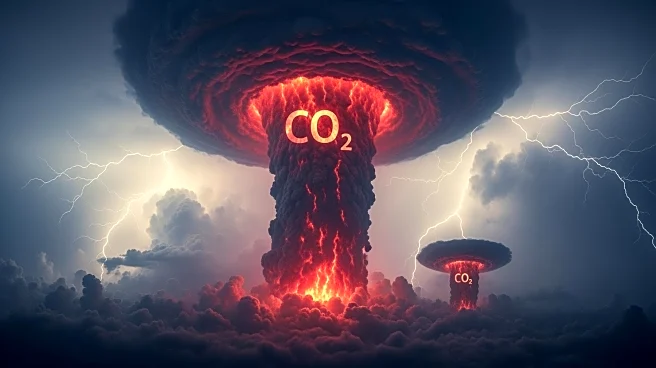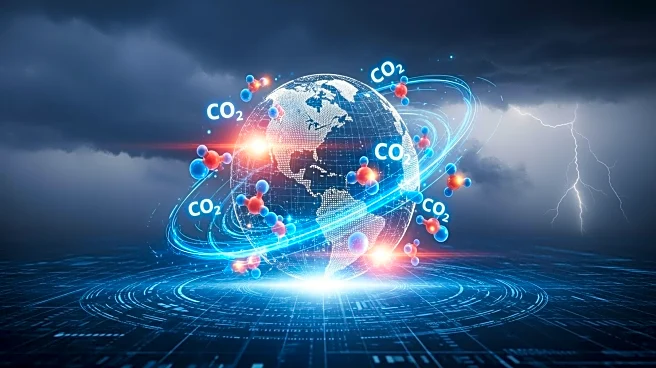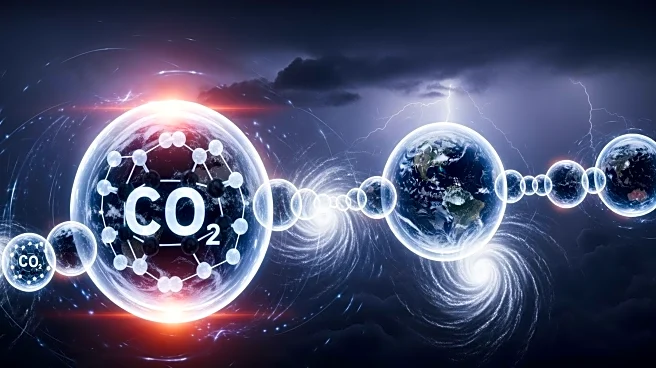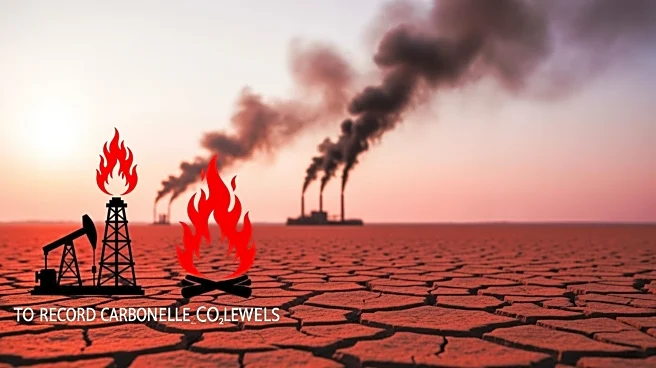What's Happening?
Microbes that have been dormant in the Alaskan permafrost for up to 40,000 years have been revived, leading to the release of carbon dioxide. This development is part of a broader concern about climate
change, as the thawing permafrost could create a feedback loop that accelerates global warming. The increase in CO2 emissions is attributed to both human activities and natural events like wildfires. Additionally, methane leaks beneath the Antarctic ocean are contributing to greenhouse gas emissions, which could lead to severe weather events and environmental changes.
Why It's Important?
The revival of these microbes and their subsequent CO2 emissions highlight the potential for a climate feedback loop that could exacerbate global warming. As permafrost thaws, more microbes could be activated, releasing additional greenhouse gases and further warming the planet. This situation underscores the urgency of addressing climate change and reducing emissions from both natural and human sources. The potential for increased methane emissions adds to the complexity of managing climate impacts, as methane is a more potent greenhouse gas than CO2.
What's Next?
Scientists are likely to continue monitoring the permafrost and its microbial activity to better understand the potential impacts on climate change. Efforts to mitigate emissions and develop strategies to manage the thawing permafrost will be crucial in preventing a climate feedback loop. Additionally, research into alternative methods of carbon capture and storage may become increasingly important as a means to offset these natural emissions.
Beyond the Headlines
The revival of permafrost microbes raises ethical and environmental questions about the impact of human activities on natural systems. As global warming continues, the balance between preserving natural habitats and managing climate impacts becomes more complex. The potential for unforeseen consequences from thawing permafrost highlights the need for comprehensive climate policies that consider both immediate and long-term effects.


